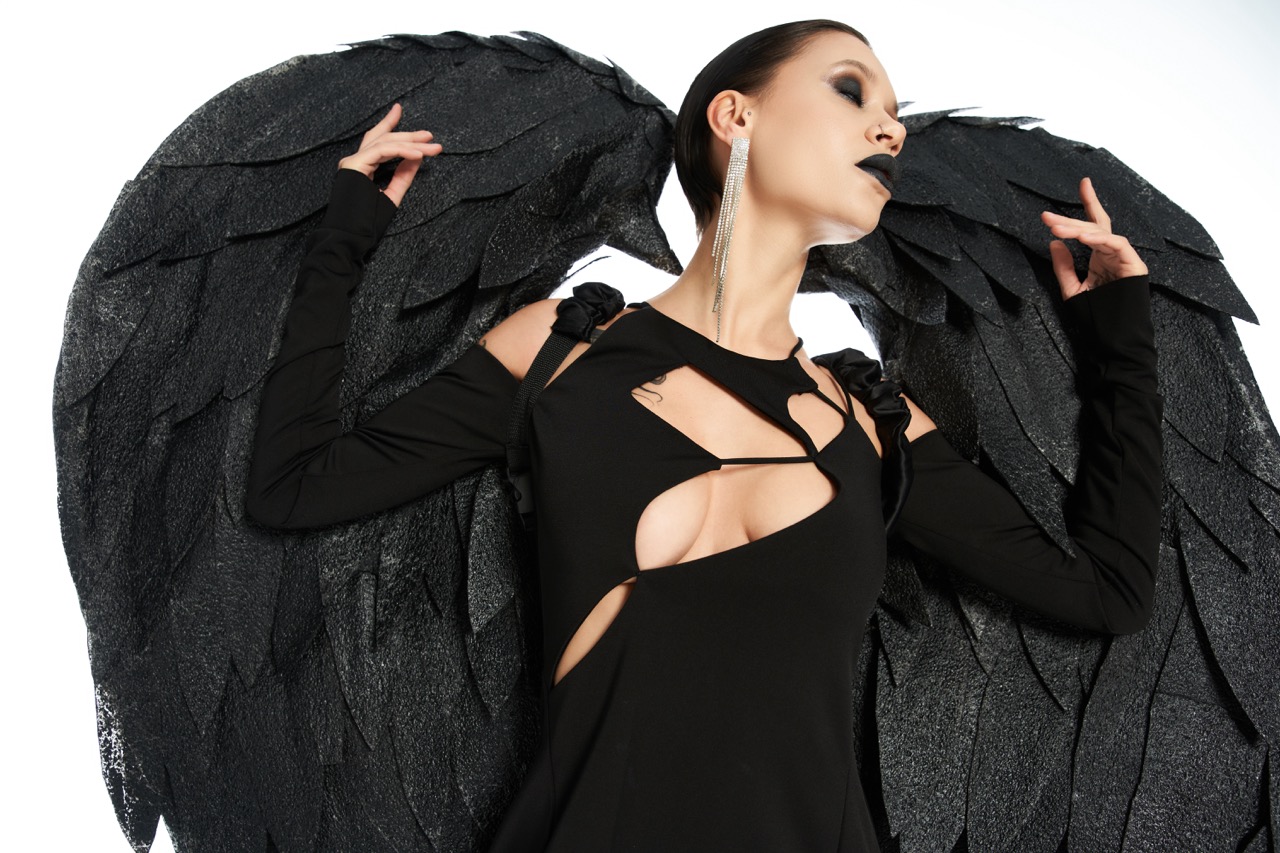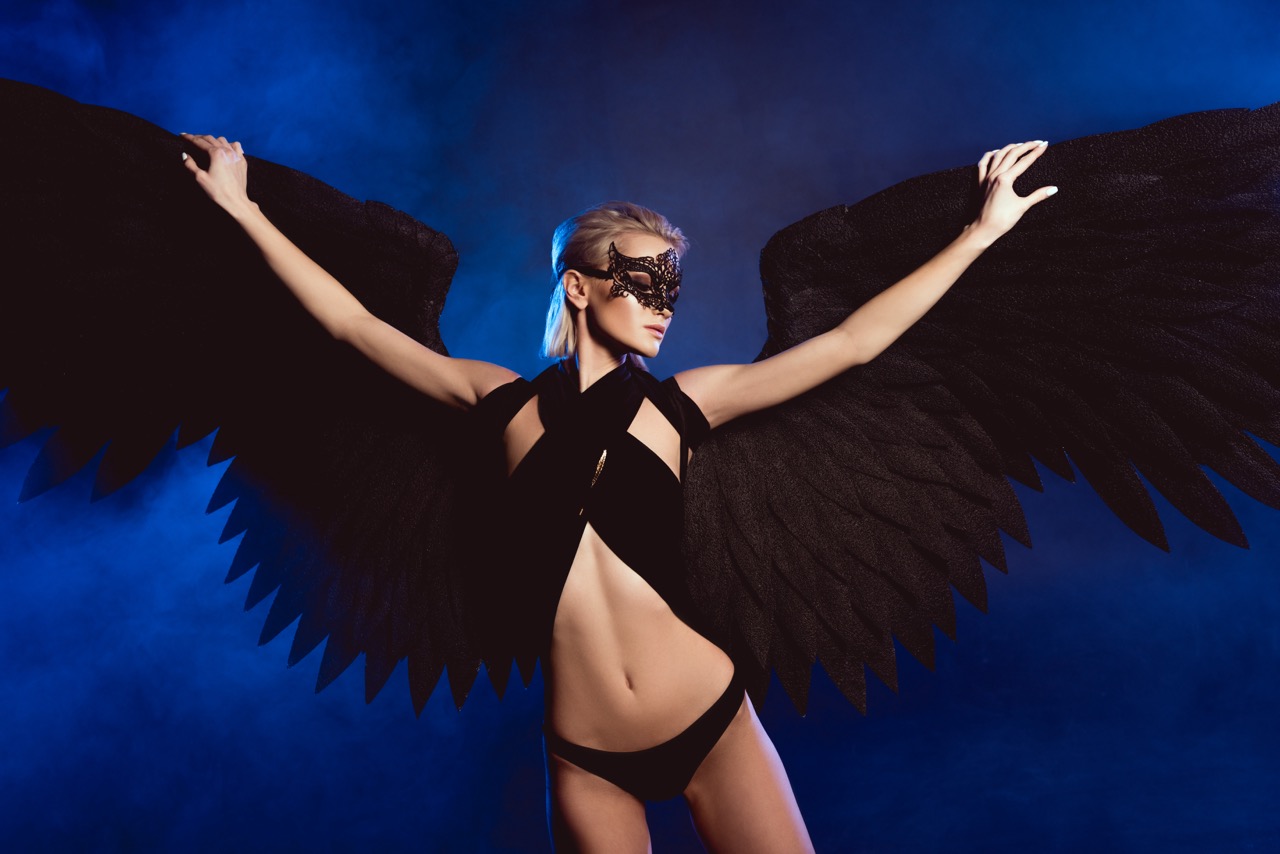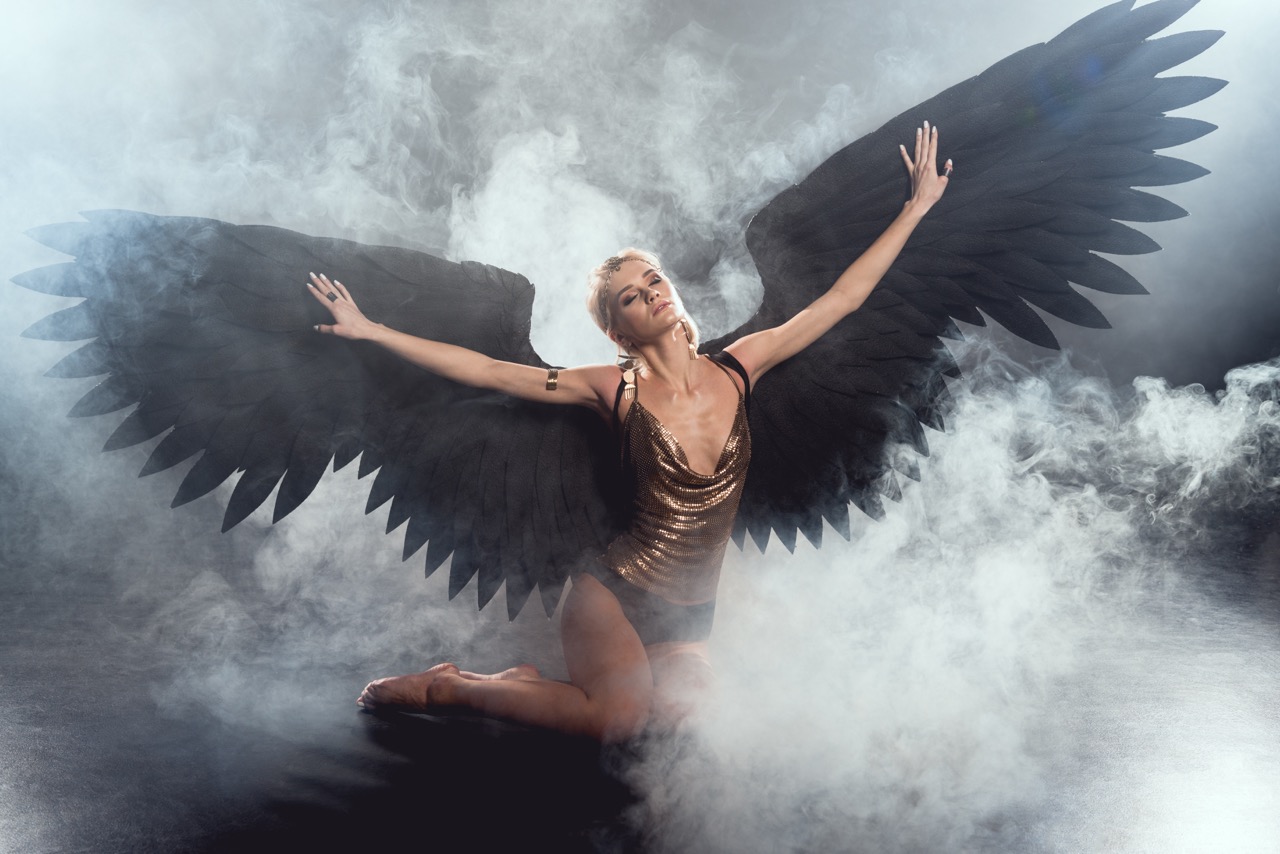Creating a stunning dance wing costume is an art form that merges creativity with technical skill. With the advent of 3D modeling technology, designers now have a powerful tool at their disposal to conceptualize and realize their visions. Whether you’re a seasoned costume designer or a dancer looking to create your own unique piece, understanding how to use 3D modeling can elevate your work to new heights. This article will delve into the intricate world of 3D modeling for dance wing costumes, providing you with a comprehensive guide to unleash your creativity and bring your designs to life.
Unleashing Creativity: The Power of 3D Modeling in Costume Design
3D modeling offers an unparalleled way to visualize and manipulate your costume concepts before committing to materials. By creating a virtual representation, designers can experiment with various shapes, sizes, and textures, allowing for an extensive exploration of ideas. This flexibility fosters a creative environment where new dimensions can be added to traditional designs, enabling unique interpretations of dance wing costumes that blend form and function harmoniously.
Moreover, 3D modeling allows for precise adjustments and rapid iterations. Designers can easily modify their creations, tweaking elements to achieve the perfect balance between aesthetics and practicality. This adaptability is particularly beneficial in dance, where movement and comfort are paramount. The ability to foresee how different designs will perform in action minimizes the likelihood of design flaws, ensuring that the final product enhances the dancer’s performance rather than hinders it.
Finally, 3D modeling serves as a powerful communication tool. Sharing a 3D design with collaborators, such as choreographers or other designers, provides a clear vision of the intended costume. This eliminates ambiguity and fosters productive discussions, allowing for collaborative improvements. With the right 3D modeling skills, designers can effectively convey their ideas, leading to more cohesive and innovative dance wing costumes.
Essential Tools and Software for Crafting Dance Wing Costumes
To venture into the world of 3D modeling, selecting the right tools and software is crucial. Popular programs such as Blender, Tinkercad, and Autodesk Fusion 360 cater to a range of skill levels, from beginners to advanced users. Blender is especially noteworthy for its robust features and extensive community support, making it a favorite among costume designers. Its open-source nature allows for free access to a plethora of plugins and resources, enhancing functionality.
For those who prefer a more intuitive approach, Tinkercad offers a user-friendly platform ideal for beginners. This web-based application simplifies the design process with drag-and-drop functionality, enabling users to create basic models quickly. Autodesk Fusion 360, on the other hand, provides a comprehensive suite of design tools suitable for intricate projects, allowing for precision in both form and engineering. Choosing the right software will depend on your experience level and the specific design elements you wish to incorporate.
In addition to software, having a reliable computer with adequate processing power is vital for handling complex 3D models. Familiarizing yourself with 3D printing technologies is also beneficial, as knowledge of how your design will be produced can inform your modeling process. Invest in a good 3D printer or establish a partnership with a local printing service to ensure a smooth transition from virtual design to tangible costume.
Step-by-Step Guide to Designing Your Vision in 3D
Start your design journey by brainstorming ideas and sketching your vision on paper. Consider the dance style, theme, and character you wish to embody, as these elements will guide your design choices. Once you have a clear concept, choose your 3D modeling software and familiarize yourself with its interface. This initial step will be crucial in making the most of the tools available for your project.
Next, begin shaping your model by creating basic geometric forms that represent the different components of the costume. Focus on defining the wings’ silhouette, ensuring it complements the dancer’s movements and adds visual impact. Utilize features such as extrusion and sculpting to refine the shapes, making adjustments as necessary to achieve the desired look. Take advantage of layering and grouping functions to organize different parts of the costume, enhancing your workflow and making it easier to manage complex designs.
Once you have a comprehensive model, apply textures and colors to visualize the final costume. Experiment with different patterns, materials, and finishes to see how they interact with your design. This stage offers an opportunity to simulate how your costume will look under stage lighting, which is an essential aspect of dance performances. Remember to save your work frequently and consider seeking feedback from fellow designers or dancers, as fresh perspectives can only enhance your creative journey.
Bringing Your Design to Life: Printing and Assembly Tips
After finalizing your 3D model, the next step is to prepare for printing. Export your design in a suitable file format, such as STL or OBJ, which are compatible with most 3D printers. Before printing, double-check the model for any errors or issues that may affect the final output. Utilize slicing software to optimize your model for printing, adjusting settings such as layer height, infill, and support structures based on the complexity of your design.
Once printed, carefully remove the components from the printer and conduct a thorough inspection. Depending on the materials used, you may need to sand or smooth the edges to achieve a polished finish. Assemble the parts according to your design, using appropriate adhesive or fasteners to ensure stability. Pay attention to the weight distribution and balance of the wings, as this will directly impact the dancer’s performance.
Finally, test the costume to assess its functionality and comfort. Make any necessary adjustments to ensure ease of movement and a secure fit. Consider attaching additional elements, such as LED lights or embellishments, to further enhance the visual appeal of your dance wing costume. With the right preparation and attention to detail, your 3D model can transform into an awe-inspiring costume that captivates audiences and elevates performances.
Incorporating 3D modeling into dance wing costume design opens up a world of creative possibilities. It empowers designers to visualize their ideas, iterate on designs swiftly, and produce costumes that are both stunning and functional. By utilizing the right tools and following a structured approach, you can create a masterpiece that embodies the essence of dance and captivates audiences. Embrace the technology available to you, and let your imagination soar as you craft the perfect dance wing costume that reflects your unique vision.










